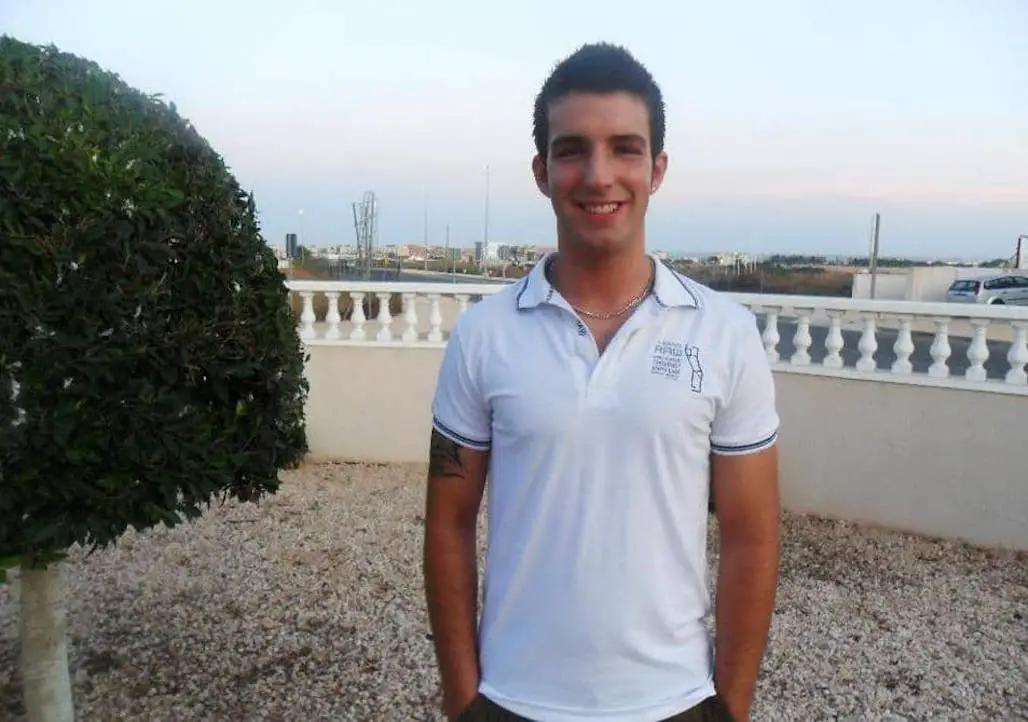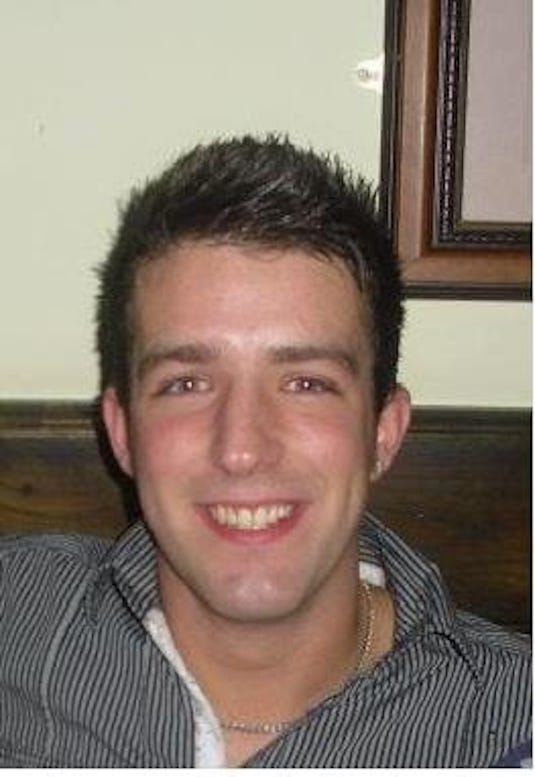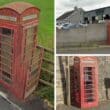
The mother of a young Armagh man who died suddenly following a routine ear operation in 2012 says her family will be “mentally scarred” for the rest of their lives.
Jennifer McAneney gave a final statement on Friday following her son Peter’s four-day inquest at Armagh courthouse this week.
Mrs McAneney told Coroner Suzanne Anderson that the family left “no stone unturned” as they refused to believe that Peter had died of natural causes.
Friday marked the last day of the inquest and first called to give evidence was Dr David Edgar, an expert immunologist.
He confirmed that in is report he had classified Acute Necrotising Eosinophilic Myocarditis (ANEM) as being the cause of Peter’s death.
Dr Edgar explained that eosinophils are a white blood cell which fight infection and that a range of things could case a rise in the level of these cells.
The necrotising, he explained, was signs of cell death which could be seen in the myocardium part of the heart.
Dr Edgar, in a second report, ruled out what he termed DRESS (drug rash with eosinophilia and systemic symptoms) as a possible cause.
He said: “It is a nasty condition, patients would be very unwell for two to three weeks after taking the drugs; there would be severe rash, considerable fever and damage to at least two organs, normally the liver.”
Dr Edgar confirmed that Peter’s condition would be treated with steroids but at a much higher dosage than he had been prescribed.
However, he did confirm that the taking of steroids had masked the levels of eosinophils in Peter’s body.
Commenting on the rash, which had been described by Peter’s mother earlier in the inquest, he said: “It sounds like the the rash resolved itself; that is very different from the rashes associated with DRESS”.
Dr Edgar stated: ” On the balance of probabilities it would be infection and antibiotics that caused this condition, but I am not able to say which was more important.”
He commented that due to the sudden nature of Peter’s death, there was no time allowed for a biopsy to take place or for clinicians to think of this rare condition.
The Coroner’s barrister, David Sharpe, asked whether would Peter have survived if he had of been transferred to a specialist on May 9, as was suggested by cardiologist expert Dr Thaman, and what treatment would have taken place?
Dr Edgar stated: “Treatment would have included a high dose of steroids but at the necrotising stage it is not a guarantee that there would have been a benefit, Peter was severely unwell.”
Barrister for the family, Thomas Fitzpatrick, commented that due to the acuteness of Peter’s condition he should have been treated without delay with steroids, as eosinophils respond quickly to this treatment.
Dr Edgar said: “Eosinophils often respond very well to steroids but the clinicians did not know this was eosinophilic myocarditis.”
Barrister for the Southern Health Trust, Aiden Corrigan, said: “Obviously a very rare condition, and during the course of this inquest it had been demonstrated that this is very rare.
“Once diagnosed, a certain course is taken, even those at the Royal Victoria Hospital may have not been able to offer assistance because is happened so fast.”
Next called to the stand was Anne McVey, Assistant Director of Acute Services for the Southern Trust, who had been part of the Serious Adverse Incidents (SAI) into Peter’s death.
She said that following the SAI into Peter McAneney’s death, a high number of learning points have been implemented into the Trust, two of these were regional learning points.
The first point highlighted was that an MRI could in fact be used in cases where a patient had titaniam prosthesis – just like Peter had.
ANEM had also been discussed on two occasions and more points would be taken from the conclusion of the coroner’s inquest.
Mr Fitzpatrick asked whether assurances would be given to the family that some learning and something good can come out of the inquest.
Ms McVey said that there is ongoing learning and there will continue to be learning and that Ombudsman’s report into Peter’s death had been taken on board.
She said that SAI’s are continually evolving and that was for a good reason but commented that is was naive to say anything would not happen again.
Ms McVey stated: “I express my condolences to the family; I appreciate it has been a very tragic and very difficult journey for them since Peter’s death.”

Peter McAneney
Mr Sharpe offered his condolences and thanked the family for their engagement in the inquest.
Mrs McAneney said: “On behalf of the family, I would like to thank Mr Haughey and Mr Fitzpatrick for supporting us during this inquest, as a family is very disadvantage without legal assistance, and I would like to thank Dr Anderson; she was a good sound board through our journey.
“In 2012, we could not imagine where we would go, we were ordinary lay people but we did not accept that Peter died of natural causes. Tommy, I and the family were going to leave no stone unturned, mental scarring is a word Dr Reddy used on the first day and we as a family will be mentally scarred for the rest of our lives.
“We cannot accept all the failures and the fact that it was to be the last three weeks of Peter’s life and we didn’t know that.”
Mr Corrigan also offered his condolences saying that this was a tragedy and anyone would be moved by hearing of Peter’s journey.
Coroner Suzanne Anderson said that time would be required for her to look over the evidence and that she would be in contact with the relevant parties when she had reached her verdict.





